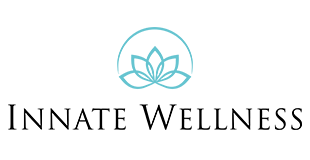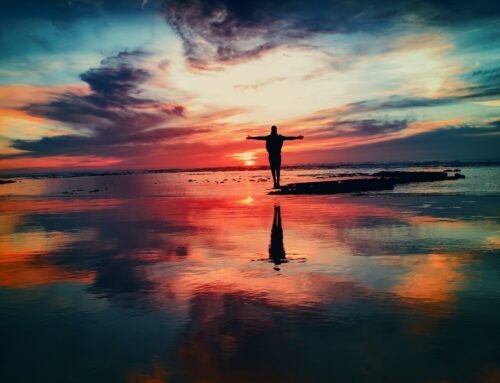By: Dr. Angelina Riopel, ND
A breast self exam is an important and empowering part of self-care. By becoming familiar with how your breasts normally look and feel, you’ll be better prepared to notice any changes that may be signs of concern. When you regularly perform a breast self exam, you’re taking an active step toward understanding your breast health and helping to detect cancer early—when it’s often easier to treat. While a breast self exam is not a replacement for screening tools like mammograms or clinical breast exams, it can help you stay alert to abnormalities and give you the confidence to speak with a care provider if something feels irregular. For added support, many individuals seek guidance through naturopathic medicine as part of a proactive approach to breast and whole-body health.
“Forty percent of diagnosed breast cancers are detected by women who feel a lump, so establishing a regular breast self-exam is very important.”
- John Hopkins medical center
What Does a Lump in the Breast Feel Like
“Normal” breast tissue will vary between women and change throughout the month due to the menstrual cycle. Note what your breast tissue feels like during the different stages of your cycle, as breast tissue is sensitive to hormonal fluctuations and can lead to breast tissue changes.
Important changes to note and if any of the following are observed, please seek medical evaluation:
- New lumps. Most breast lumps are not cancerous but should be examined by a medical professional for evaluation.
- Changes, irritation, or redness in the breast tissue, skin, and nipple
- Dimpling or thickening of the breast skin
- Discharge from the nipple
How Often Should You Do a Self Breast Exam
It is generally recommended to perform a breast self exam at home once a month. The best time for the examination is a few days after your period ends, when your breast tissue is least likely to be swollen or tender. If you are no longer menstruating, choose a consistent day of the month that’s easy to remember.
During the exam, use the pads of your middle fingers to feel in circular motions across the entire breast area, including the collarbone, armpit, and under the bra line. Be sure to check your other breast using the same method, and look for any visible changes in your breasts, such as dimpling, swelling, or a nipple to check for discharge. While many changes are not a sign of cancer, staying aware can help you detect unusual symptoms early.
Self-exams are not a replacement for clinical screenings, but when done correctly and regularly, they can help you detect breast cancer at an earlier stage. If you notice anything that feels irregular or causes panic, speak to a healthcare expert—early evaluation can help determine whether further testing is needed and prevent unnecessary or harmful delays.
How to Perform a Self-Breast Exam
(According to the National Breast Cancer Foundation)
Breast exams should be performed monthly for women over the age of 20 years.
1) In the Shower
Using the pads of your fingers, move around your entire breast in a circular pattern moving from the outside to the center, checking the entire breast and armpit area. Check both breasts each month, feeling for any lump, thickening, or hardened knot. Notice any changes and get lumps evaluated by your healthcare provider.
2) In Front of a Mirror
Visually inspect your breasts with your arms at your sides. Next, raise your arms high overhead.
Look for any changes in the contour, any swelling or dimpling of the skin, or changes in the nipples. Next, rest your palms on your hips and press firmly to flex your chest muscles. The left and right breasts will not exactly match—few women’s breasts do, so look for any dimpling, puckering, or changes, particularly on one side.
3) Lying Down
When lying down, the breast tissue spreads out evenly along the chest wall. Place a pillow under your right shoulder and your right arm behind your head. Using your left hand, move the pads of your fingers around your right breast gently in small circular motions covering the entire breast area and armpit.
Use light, medium, and firm pressure. Squeeze the nipple; check for discharge and lumps. Repeat these steps for your left breast.
Self-Exam Overview: Take the Next Step Toward Breast Health
Innate Wellness encourages you to take time each month to examine your breasts, become familiar with the way your breasts look and feel, and stay alert to any breast changes that may occur. Whether you’re still menstruating, approaching menopause, or already post-menopausal, performing a monthly breast self exam is a reliable way to help you detect cancer early and reduce your risk. Breast self exams can help you feel confident and informed—because knowing how your breasts normally feel makes it easier to notice when something’s not right. If you’d like personalised guidance or have questions about your breast health, reach out to our team today—we’re here to support you every step of the way.






